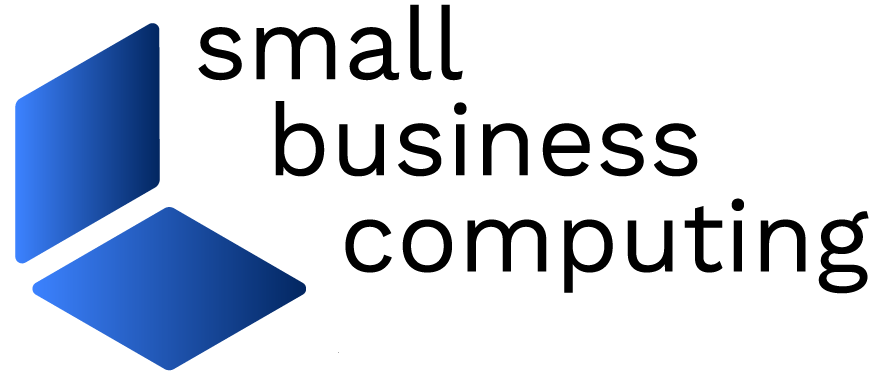The way storage prices are going it won’t be long before you put your quarter in the slot a terabyte of storage will pop out. However, the way many people consume disk space these days, there’s no doubt that even very small businesses will eventually need storage servers as big as the latest from Hitachi Data Systems (HDS) Corp.
HDS offers the Hitachi Simple Modular Storage (SMS) 100 array with a starting price of less than $5,000. For that base you get six hard drives and about 3 terabytes (TB) of space. If you want to move up to eight to 12 drives and as much as 9 TB of space, the price reaches the $10,000 range. For higher performance drives, you pay a little more, too. Many small businesses, however, probably won’t have much need for that extra speed.
“Targeting the small and medium-sized businesses (SMBs) and distributed enterprises, Hitachi has introduced the Simple Modular Storage 100,” said Carl Greiner, an analyst with Ovum Europe Ltd, based in London. “This low-cost, entry-level storage system is a solution that is easy to use, manage and simple to install, and it provides non-disruptive operations for up to five years or more, with virtually no maintenance or service required. In addition, a unique user-friendly auto-migration capability is available for upgrades, eliminating future data migration service requirements.”
Form and Function
The SMS 100 fits in a rack and is only 3.5 inches high. You can pack plenty of hard drives in that space although you have to decide upfront on the size of drive you want and stick with it. In other words, there’s no adding a few drives of one size now and then adding different types of hard drives later.
In the high performance category, you can select either 147 GB or 300 GB drives spinning at 15,000 revolutions per minute (RPM). If you want cheaper disks spinning at a more modest 7,200 RPM, you can pick either 500 GB or 750 GB models – note that the slower disks can store a lot more data so there is a definite trade-off for faster performance. Each box ships with six, 10, or 12 high-performance disk drives.
You can install the SMS100 on any type of server that’s connected to an Ethernet network. Be aware, however, that you need at least a one Gigabit per second (Gbps) Ethernet connection to be able to attach the SMS100 to the network. If you have the required network speed, then attaching the box is no more challenging than adding a server to the network.
 |
| Storage capacity for the Hitachi Simple Modular Storage 100 ranges from three to nine terabytes. |
“The SMS100 ships with installation instructions such that anyone, without storage expertise can quickly install and configure the device to connect to servers,” said Kevin Sampson, director of product marketing for storage infrastructure at HDS. “There are only nine steps, and it typically takes less than an hour. Management software guides the first timer through a tutorial on how to deploy and use the array.”
This management software has a series of wizards to walk new customers through the various steps. It’s really not much different than taking a new PC out of the box, getting it up and running and getting yourself hooked up to the Internet. If you are one of those businesses blessed with a knowledgeable techie on the payroll, Sampson said the whole process could be done in 20 minutes with little or no reference to the instructions.
Hitachi has also thought things through on basic maintenance. What use is an easy-to-install package, after all, if it takes a rocket scientist to handle a faulty drive? Accordingly, the product comes with two repair slots. In the event of a hard drive failure, Hitachi ships you a new drive following automatic online notification from the Simple Modular Storage management system. When the drive arrives, you plug the new drive into the disk slot and don’t even need to remove the damaged drive. New drives ship in one to two business days in North America.
Data Security
The system comes with RAID 6, which means that any two drives can fail and the data still remains available. Other arrays offering different RAID schemes can only deal with one failure. Although two drives breaking within a short period would be an extremely rare occurrence, it can happen. And it’s more likely to happen in smaller firms that don’t have a competent IT guy to depend on. At one small legal firm in the Los Angeles area, for example, a drive failed on the RAID array and the person responsible didn’t notice. It was only when the second drive failed some months later and the whole system crashed with massive data loss that he realized what had happened.
“I saw lights come on some months before, but it was only when the system crashed that I realized that those lights were alerting me that a disk was down,” said Charlie, who asked that we not print his last name or his company’s name.
This Hitachi disk array competes with several other products that are targeting the SMB space: Network Appliance Inc, for example, for example, offers the NetApp S500; EMC Corp. has the EMC AX150; and HP sells the HP 1200. According to Sampson, the SMS 100 offers a richer feature set than its competitors such as support for more operating systems, a wider range of hard drives and more RAID options.
“No other competitor delivers all of these features in an affordable, flexible and very easy-to-use product,” said Sampson.
The SMS 100 also includes snapshot technology. This detects changes to data every hour, or sometimes more frequently if desired. Those changes can be backed up regularly or saved on disk in the event of a crash as an added safeguard.
“Hitachi continues to execute on its strategy of scaling down enterprise-class storage technology and making it available in smaller, modular, more affordable form factors, thereby expanding its addressable markets,” concluded John Webster, an analyst at Illuminata Inc.
Drew Robb is a Los Angeles-based freelancer specializing in technology and engineering. Originally from Scotland, he graduated with a degree in geology from Glasgow’s Strathclyde University. In recent years he has authored hundreds of articles as well as the book, Server Disk Management by CRC Press.
| Do you have a comment or question about this article or other small business topics in general? Speak out in the SmallBusinessComputing.com Forums. Join the discussion today! |

